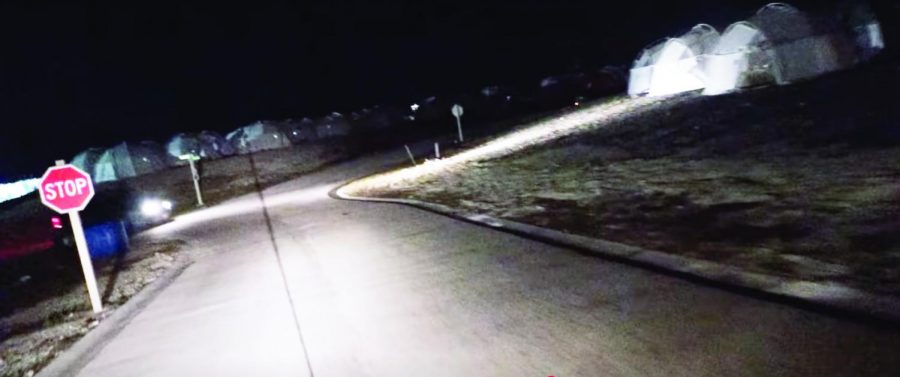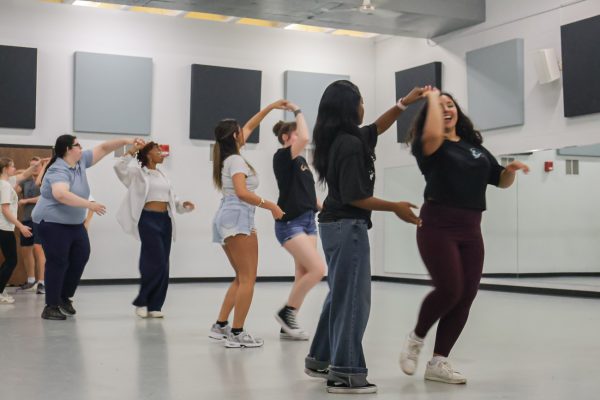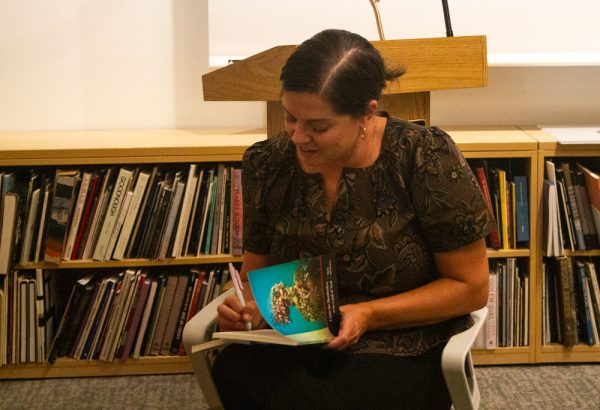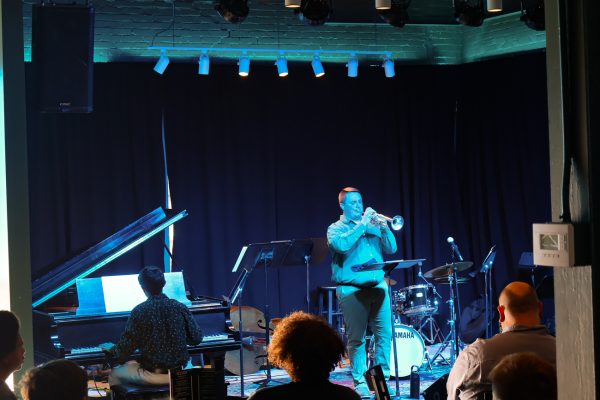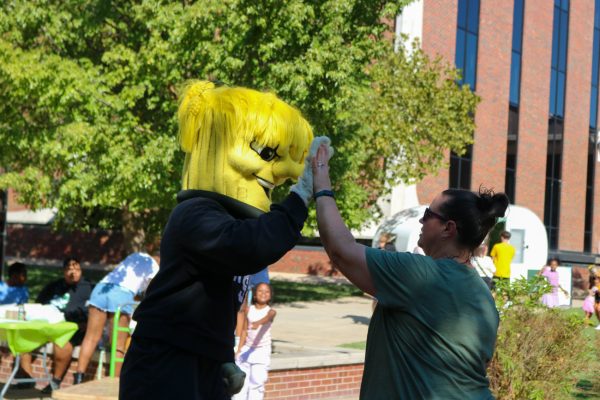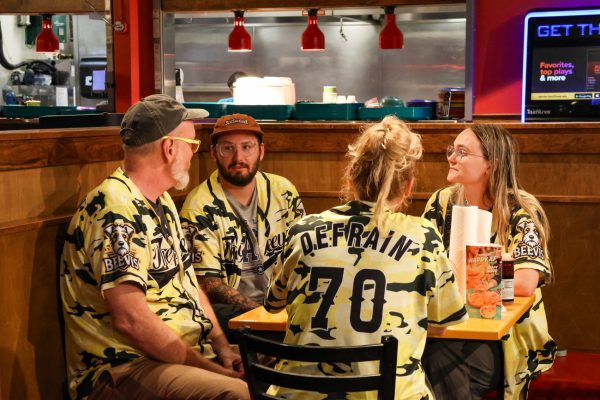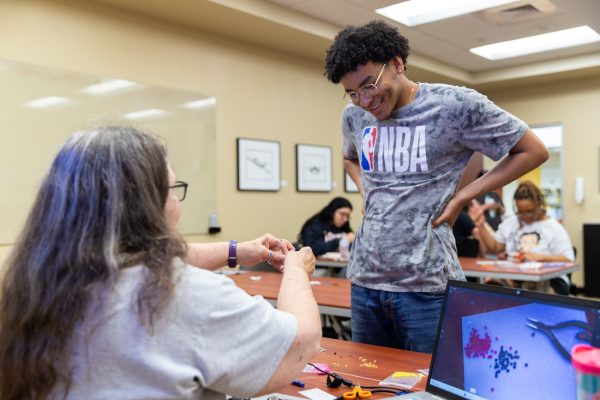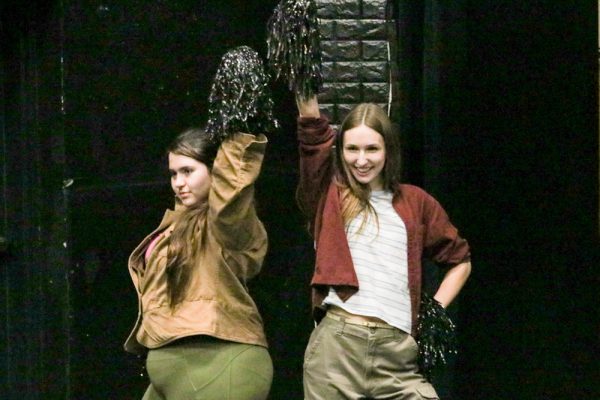‘The Greatest Party That Never Happened’: A study in simulation versus reality
“Fyre: The Greatest Party That Never Happened” opens with a stunningly gorgeous aerial view of the crystalline waters of The Bahamas, filmed for the promotional shoot of a 2017 supposed luxury event that ended up stranding would-be festivalgoers in FEMA tents.
A few minutes later, Ja Rule and entrepreneur Billy McFarland are grinning in the sun, drinking beers, and brushing the sand off each other’s shoulders.
For the first fifteen minutes or so, we watch, transfixed, as Instagram models and other influencers frolic in the surf. Youth and beauty prevail. The documentary then ping-pongs from gorgeous shots of young people enjoying the island to behind-the-scenes views of stressed-out organizers strategizing about how best to get the buzz out on social media.
It soon becomes apparent that the festival is going to nose dive. There are not enough beds, they are having issues obtaining bottled water, their food service quits, they switch islands, etc., etc. As the gap between reality and a curated reality deepens, I try to put my finger on what this dissonance reminds me of. Only on my second viewing does it click — simulacra and simulation.
In any Sociology 101 course, you will learn about the 19th-century French thinker, Jean Baudrillard, who is perhaps best-known for his work on simulacra and simulation. Simulacra is a representation of an image, while simulation is a process that imitates the whole. In this social theory, Baudrillard argues that “reality itself has merely begun to imitate the model, which now precedes and determines the real world.” In other words, when we can no longer tell the difference between simulation and the real world, we are living in a hyperreality. Fyre Festival, like Disneyland, was always a simulation.
Moreover, documenting experience has become synonymous with experience itself. Maybe that’s why the phenomenal failure of the Fyre Festival does not surprise. The kind of glamour and promised paradise that Fyre advertised is impossible to attain. It is a world that exists only within our screens — one where a viewer’s imagination can transcend earthly problems. As McFarland states early on to his team, “We are selling a dream to the average American loser.” The problem is, of course, that dreams don’t translate to real life.
The initial responses of the 6,000 attendees were, on the surface, counterintuitive. As their bus approached a barren wasteland littered with hurricane Katrina tents and sopping wet mattresses, the vibes from the passengers were decidedly upbeat. But when placed within a Baudrillardian framework, the responses make perfect sense. The supreme catastrophe of the festival provided young, rich concertgoers an opportunity to document the event in real time on social media networks.
In a way, even though Blink 182 didn’t appear (Blink 182 was booked for the party of a decade?), attendees got what they paid for — an Instagrammable experience. It might have been one uncomfortable night, but the entire event was already so far from reality — so distant from the body proper — that no real harm was done.
A simulation can be easily morphed into another simulation. For instance, during the festival’s demise, a young attendee posts a picture on Twitter of a sad cheese sandwich. It immediately goes viral. Baudrillard might exclaim that the distinction between nature and artifact is lost. The symbol of the sandwich stands in for the entire experience on Great Exumas Island.
The real victims, as acknowledged in the Netflix documentary (though not emphasized enough), were the employees of Fyre, both the Haitian workers and the company’s team back in the States. Some worked in the sun all day and all night while others pulled 24-hour shifts in front of a computer. These were people who lost thousands of dollars and paid the emotional toll of reexamining human relationships.
In the end, the reckless simulacrum of The Fyre Festival couldn’t be rebranded and sent out into the ether as a flurry of tweets. Instead, it left real-life scars in the form of debt and betrayal. Will this disaster stop us from making the same mistakes? Will media culture stop interpreting our private selves for us? Probably not. As a previous Fyre employee pointed out, in Russia, people are now paying to sit inside a private jet and have their photos posted on Instagram. The jet never leaves the ground.



